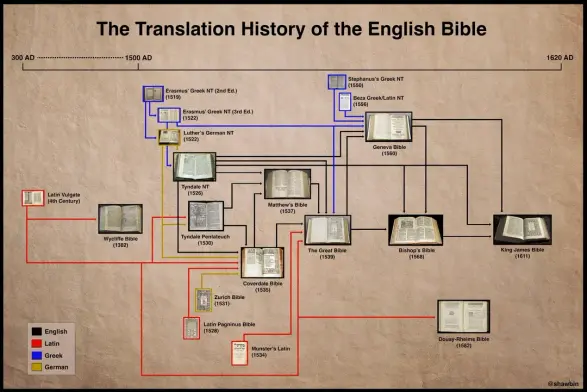@HistoPol @paninid @Outmazi That's the goal. I am still collecting data. I have played with epidemiology models and gravity models. The goal is to build a #ChronoDendrogram of the spread of religious thought. I got tired adding the religions of the Parents of the founders and got more tired trying to collect the corpus of religious texts. My profile on #Xhitter is of the formation of #TheBible and other foundational texts.
@HistoPol @paninid @Outmazi I am leaning toward Bayesian Analysis but need to collect the elements that probably contribute to how religious thought spreads. An example, Martin Luther Rebelled and according to one account, Luther nailed his Ninety-five Theses to the door of All Saints' Church in Wittenberg on 31 October 1517.
@_9CL7T9k8cjnD_
"Luther nailed his Ninety-five Theses to the door of All Saints' Church in Wittenberg on 31 October 1517."
I only had some religious studies, but this is exactly what I learned. Why only "one account?"
@paninid @Outmazi
@HistoPol @paninid @Outmazi There are multiple accounts and many doubts depending on which version of History one chooses. That's part of why I want to use Bayesian Analysis and have looked at #PeterTurchin 's #SeshatProject
@_9CL7T9k8cjnD_
Ok, you're right
I just checked at the source, who'd rather have it, so the German Lutheran Church.
It says, "It is not certain whether #Luther posted them there as pamphlets on October 31, 1517. But the #theologian brought his critical theses to the public, and they were soon translated from Latin into German, printed, distributed, and discussed throughout the country."
https://www.ekd.de/95-Thesen-10864.htm
@paninid @Outmazi


